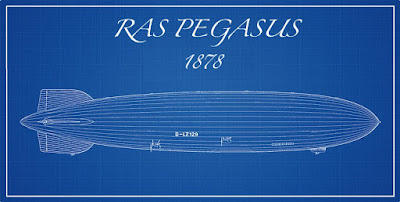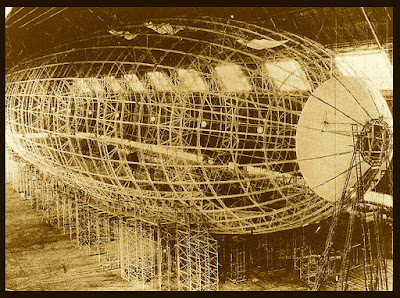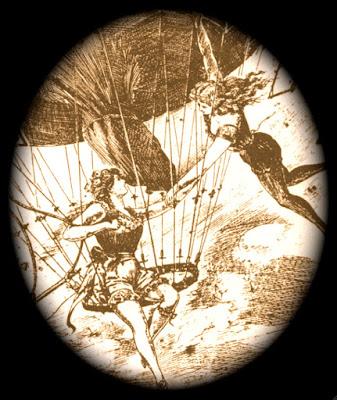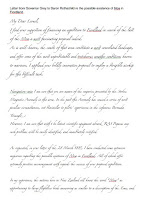Steampunk Expedition to New Zealand
This blog is based on an exhibition I held in Karangahape Road in
Auckland in 2018, and is part of my "Lost World" series which, in turn, is part of my larger body of environmental art
entitled:
"Our Dying Planet"
The Exhibition was entitled:
"The 1888 Steampunk Airship Expedition to New Zealand in Search of the Moa - the legendary giant bird species of New Zealand"
Below - original Pegasus airship blueprint:
"Our Dying Planet"
The Exhibition was entitled:
"The 1888 Steampunk Airship Expedition to New Zealand in Search of the Moa - the legendary giant bird species of New Zealand"
Below - original Pegasus airship blueprint:
Artist Statement
The purpose of this artwork is to help draw attention to the fact that New Zealand currently has the highest rate of species extinction in the world.The story suggested by this evolving artwork is that in 1888 a group of steampunk explorers fly in a metallic steam-powered airship (RAS Pegasus) to unexplored Fiordland (South Island, New Zealand) in search of the last of the Moa.
Unfortunately, the extinction of the Moa had been rapid - it is estimated that within 100 years of Polynesians landing in New Zealand the entire population of this unique species had been killed and eaten. An extinction of this rapidity is known as a “blitzkreig extinction”. Sadly therefore, the expedition found only some pitiful remnants of a once-prolific species.
Below - RAS Pegasus Expedition logo:
 |
This artwork is intended to be a reminder (or wake-up call!) as to what we have squandered and lost comparatively recently in this once-pristine land, a country so unique that the naturalist David Bellamy described it as “Moa’s Ark”.
NZ 100% Trashed
The Tourism NZ myth of “NZ-100%Pure” is a total fabrication - a befuddled fantasy of deluded spin-doctors.Any notion of a South Pacific "paradise" here unfortunately ended abruptly around 1350 with the arrival of belligerant Polynesian settlers. Within 100 years the "tangata whenua" had wiped out the entire Moa population, as well as the original human inhabitants.
By the time Europeans arrived to begin the butchering of the seals and whales (at the end of the 1700’s) the Maori had also succeeded in clearing 50% of the forest cover.
Things proceeded rapidly downhill from 1840 onwards with the arrival of tens of thousands of European settlers with an insatiable appetite for timber, gold and land - as well as ill-suited industrial farming practices (all of which have continued to this very day). To compound the tragedy the settlers were accompanied by many vicious mammalian predators - including cats, dogs and rats.
The government and corporate spin-doctors often promote New Zealand by claiming that as a small nation we often “punch above our weight” when it comes to global issues. And we certainly punch well above our weight when it comes to species extinction - indeed we are the heavyweight champions - being the country with the fastest rate of species extinction in the world.
Currently the latest reports reveal that: 80% of New Zealand birds are threatened with extinction, as are 88% of our lizards, 72% of our freshwater fish and 100% of our frogs.
Steampunk
With its references to an industrial Victorian past as well as a steam-based technological future, the Steampunk ethos points to some hope for that future, not perhaps quite utopian, but a bright future nonetheless.
Inspiration
The inspiration for this artwork has been the Wellington-based youth-conservation project “Wild Eyes” - in particular the backyard nature mission to replicate a Moa discovery.“Wild Eyes” developer Paul Ward describes the project as an online community for children, aimed at getting them off their screens and out into nature - an outdoors unfamiliar to much of the computer-generation. Reconnecting with nature can provide an extremely exciting, fun and stimulating environment where children can gain mental and physical health benefits for themselves, as well as make a deep and meaningful connection with the great outdoors.
A connection which in time may help ensure that our natural world is protected into the future by the encouraging the development of these adventurers into scientists, conservationists and guardians.
See www.wildeyes.co.nz
Haast's Eagle Attacking a Moa:






Comments
Post a Comment